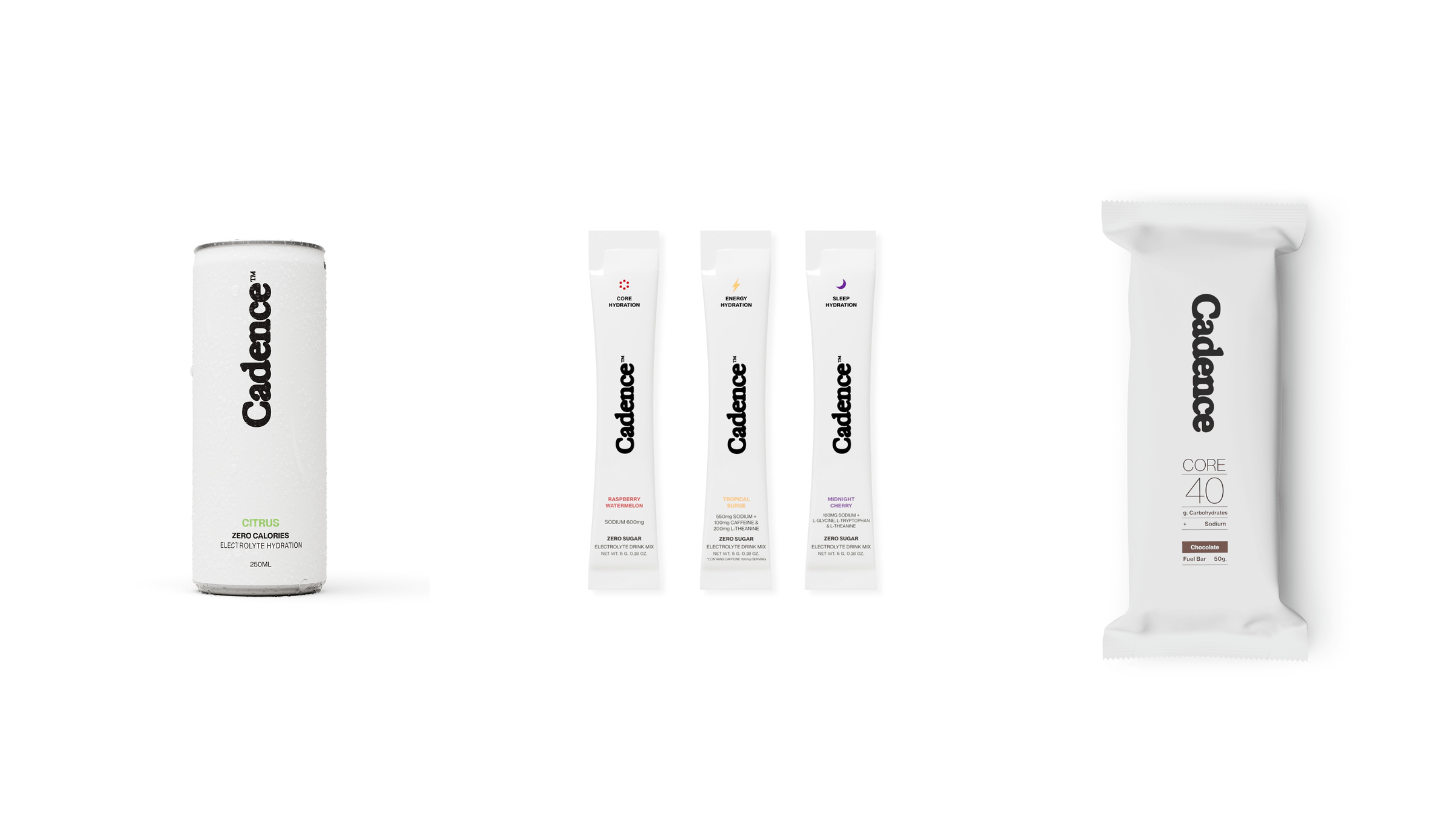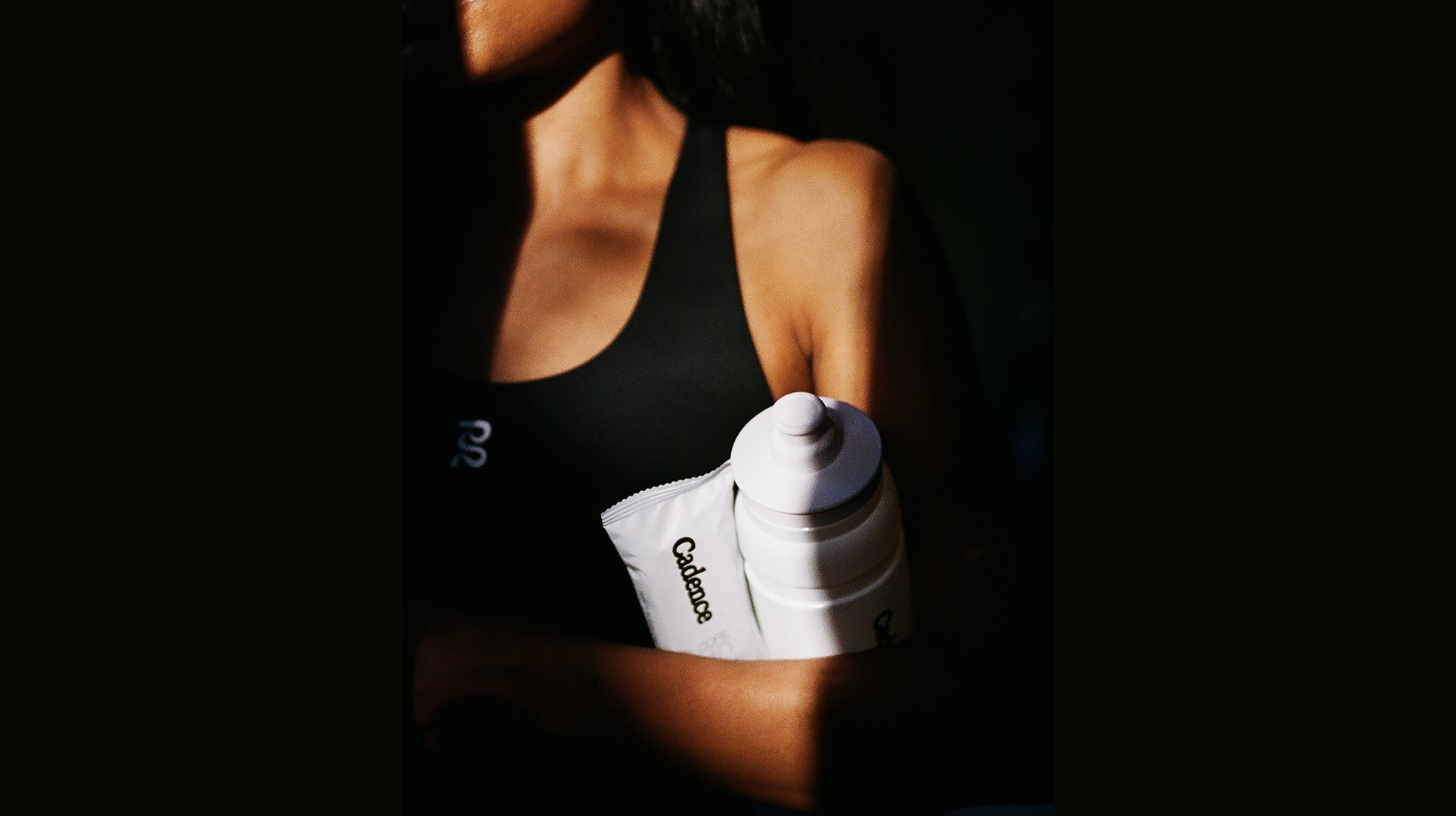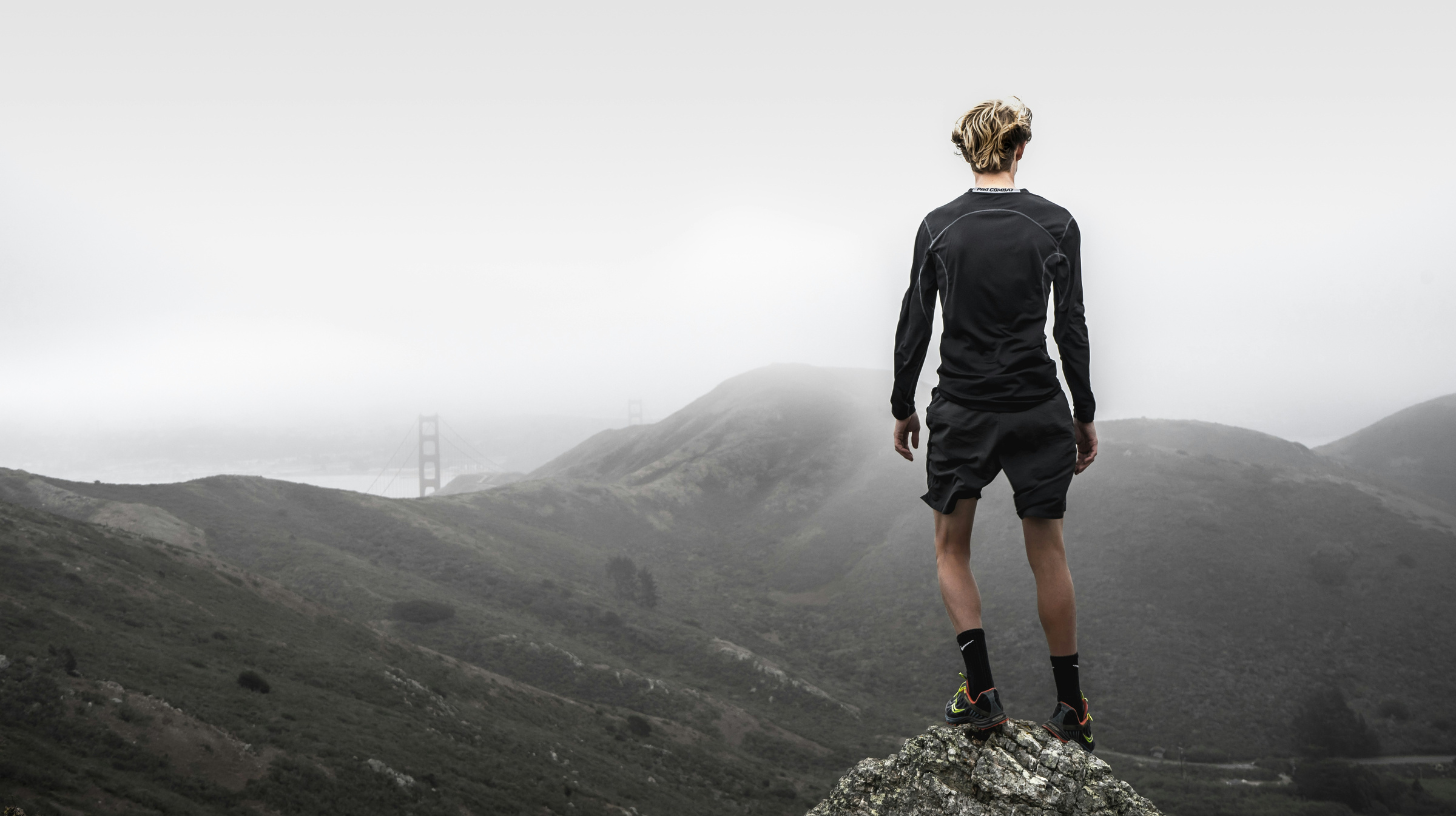Introduction
Jung outlined twelve archetypes. The DRIVEN never fit cleanly into one. Their identity doesn’t hold still—it adapts. Not because they’re unstable, but because they’re regulating.
This isn’t mysticism. It’s mechanics. DRIVEN individuals are shaped by dopaminergic gene variants—specifically DRD2-A1 and DRD4-7R—that reduce dopamine receptor sensitivity and increase the threshold for satisfaction¹. These variations don’t just influence preferences. They determine what must be optimized for peak function: intensity, novelty, effort, and motion.
And to maintain that baseline, they shift.
They don’t change to fit in.
They change to stay functional.
The DRIVEN Have Fours Modes
The DRIVEN archetype isn’t a type. It’s a system. A performance architecture built on friction, precision, and adaptability. What looks like chaos externally is calibration internally.
Dopamine sensing deficiency requires higher stimulation to trigger engagement². That’s why DRIVEN individuals don’t stay fixed in one identity. They pivot. These shifts express as four dominant modes:
- Rival – Performance through mastery
- Ruler – Control through structure
- Rebel – Change through disruption
- Rover – Expansion through exploration
Each one is situational. Each one is strategic.
Mode 01 | The Rival
Core Driver: Challenge
Pattern: Compete. Master. Improve.
The Rival thrives under pressure. This is the founder who needs a deadline, the athlete who needs a scoreboard. They don’t need praise. They need progress. But when challenge disappears, clarity does too.
Shadow: Identity dysregulation when difficulty drops below threshold.
Mode 02 | The Ruler
Core Driver: Precision
Pattern: Build. Systematize. Optimize.
The Ruler emerges when the DRIVEN is executing at scale. They’re not obsessed with power—they’re obsessed with control over systems. The Ruler creates infrastructure that supports the rest. But over time, rigidity can stall innovation.
Shadow: Excessive structure becomes self-imposed constraint.
Mode 03 | The Rebel
Core Driver: Efficiency
Pattern: Break. Rewire. Rebuild.
The Rebel isn’t acting out—they’re optimizing. When rules get lazy or systems fail, this mode takes over. The Rebel doesn’t tear things down for attention. They do it because better is obvious. But if unregulated, their default is destruction.
Shadow: Disruption for stimulation, not improvement.
Mode 04 | The Rover
Core Driver: Novelty
Pattern: Scan. Move. Iterate.
The Rover mode triggers in unfamiliar terrain. Change is oxygen. Rovers process new information and environments faster than most. But when novelty becomes the goal instead of the input, forward momentum stalls.
Shadow: Constant reinvention with no integration.
Adaptive Identity Is a Dopaminergic Trait
What psychology calls situational identity is heightened in DRIVEN individuals. They’re not pretending. They’re regulating. Dopamine is fundamentally linked to effort-based engagement, context-switching, and behavioral adaptability³.
This adaptability is not a coping mechanism. It’s a survival mechanism. But without containment, it can lead to fragmentation—blended roles, decision fatigue, and performance degradation⁴.
Using Structure as a Mechanism of Stability
Dopamine doesn’t reward success. It rewards pursuit⁵. DRIVEN individuals are calibrated by systems that generate friction, not comfort. Without feedback loops that reinforce challenge, the system goes offline.
That’s why DRIVEN performance requires an operating architecture—one that accounts for shifts in mode, state, and stimulus.
When that architecture is built with precision, the DRIVEN stop compensating.
They start compounding.
Conclusion
DRIVEN individuals aren’t fragmented. They’re multi-operational. Rival. Ruler. Rebel. Rover. Four adaptive expressions. One dopaminergic architecture.
When unstructured, this adaptability leads to inconsistency and strategic drift.
When supported, it becomes high-performance leverage.
This isn’t personality. It’s performance by design.
And when designed right—it scales.
References
- Blum, K., Noble, E. P., Sheridan, P. J., et al. (1990). Association of the A1 allele of the D2 dopamine receptor gene with severe alcoholism. JAMA, 263(15), 2055–2060.
- Zald, D. H., Cowan, R. L., Riccardi, P., et al. (2008). Midbrain dopamine receptor availability is inversely associated with novelty-seeking traits. Nature Neuroscience, 11(6), 754–755.
- Cools, R., Clark, L., & Robbins, T. W. (2004). Differential responses in human striatum and prefrontal cortex to changes in object and rule relevance. Journal of Neuroscience, 24(5), 1129–1135.
- Dritschel, B., & Pyszczynski, T. (2017). Identity disturbance and self-concept clarity in clinical psychology. Self and Identity, 16(1), 1–20.
- Schultz, W., Dayan, P., & Montague, P. R. (1997). A neural substrate of prediction and reward. Science, 275(5306), 1593–1599.













